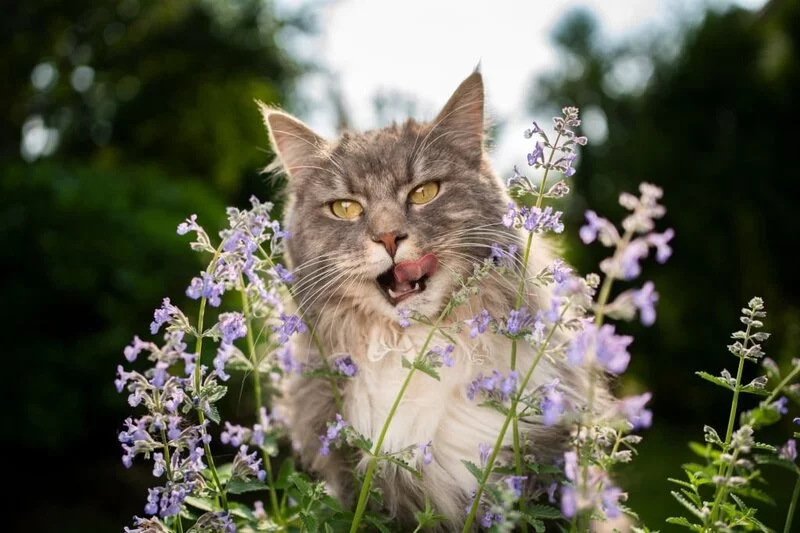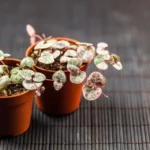If you’re a cat lover, you’ve likely heard of catmint, a plant reputed to be a feline favorite. But what is it about this humble herb that supposedly makes cats go head over heels? And does it really attract cats? In this article, we’ll delve into the mysteries of catmint, its relationship with our feline friends, and find out if the rumors are true!
- For best results, plant in USDA Zone:4-8 – Mature size: 12-15in H x 14-20in W
- Plant is delivered in a #1 Size Container. It is fully rooted in the soil and can be planted immediately upon arrival, weather permitting.
- This beautiful plant is known for its pleasant smell.
- Attracts butterflies and is deer resistant.
Catmint
First things first, what is catmint? Catmint, scientifically known as Nepeta, is a genus of about 250 species of flowering plants in the family Lamiaceae. The members of this plant family are native to many parts of the world, including Europe, Asia, and Africa. Known for its pretty, lavender-blue flowers and aromatic leaves, catmint is often a favorite in gardens not just for its beauty, but for its hardiness and easy care.
But what sets catmint apart is its reported popularity with cats. Just as its name suggests, it is reputed to be attractive to our feline friends, but why? That’s what we’ll explore next, as we delve deeper into the relationship between catmint and cats. So sit tight, cat lovers, because things are about to get interesting!
Catmint and Cats
So, does catmint really have a magnetic pull on cats? The answer is yes, but not for all cats. It’s estimated that about 50 to 75% of cats are affected by catmint. These cats, when exposed to catmint, may exhibit behaviors such as rubbing, rolling over, purring, and even leaping! This reaction is thought to be caused by a compound called nepetalactone, which is found in the leaves and stems of the plant.
It’s important to note that while many cats love catmint, the response varies. Some cats may be drawn to the plant but not exhibit the playful behaviors mentioned. And some cats may simply show no interest at all. Much like people, every cat is unique!
Comparing Catmint and Catnip
Here’s where things can get a little confusing. You may have heard of another plant that cats love called catnip. Catnip, or Nepeta cataria, is actually a type of catmint. Because of its especially strong effect on cats, it’s often the plant people think of when they hear “catmint”.
While both plants contain the cat-attracting compound nepetalactone, catnip tends to have a more potent effect on cats. That said, many types of catmint (including those that are not catnip) can still attract and amuse cats, making them a fun addition to your garden.
In short, while all catnip is catmint, not all catmint is catnip! Both, however, can be appealing to our feline friends. Isn’t that just the cat’s meow?
Using Catmint in Your Garden
So you’re thinking about adding some catmint to your garden to entertain your furry friends? That’s a purr-fect idea! Catmint is not just beloved by cats, but it’s also a great addition to any garden due to its beautiful blue-violet flowers and aromatic leaves.
Here’s a tip: Plant catmint in an area where your cat can easily access it, but not in a spot that’s too central, because you might end up with a squashed plant due to all the rolling and frolicking! Also, remember that catmint is a hardy perennial that thrives in full sun or partial shade and well-drained soil.
Finally, while catmint is generally safe for cats to roll in and chew on, it’s always a good idea to supervise your pet’s plant interactions to ensure they’re not eating too much.
Conclusion
To wrap things up, yes, catmint does indeed attract many (though not all) cats, causing them to exhibit playful and amusing behaviors. While catnip is usually the variety that cats find most attractive, other types of catmint can also be a hit with your feline friends. So why not plant some in your garden? It could turn your outdoor space into your cat’s new favorite playground. Plus, you’ll get to enjoy the beautiful blooms and delightful aroma of this charming plant. It’s a win-win situation for both you and your cat!




